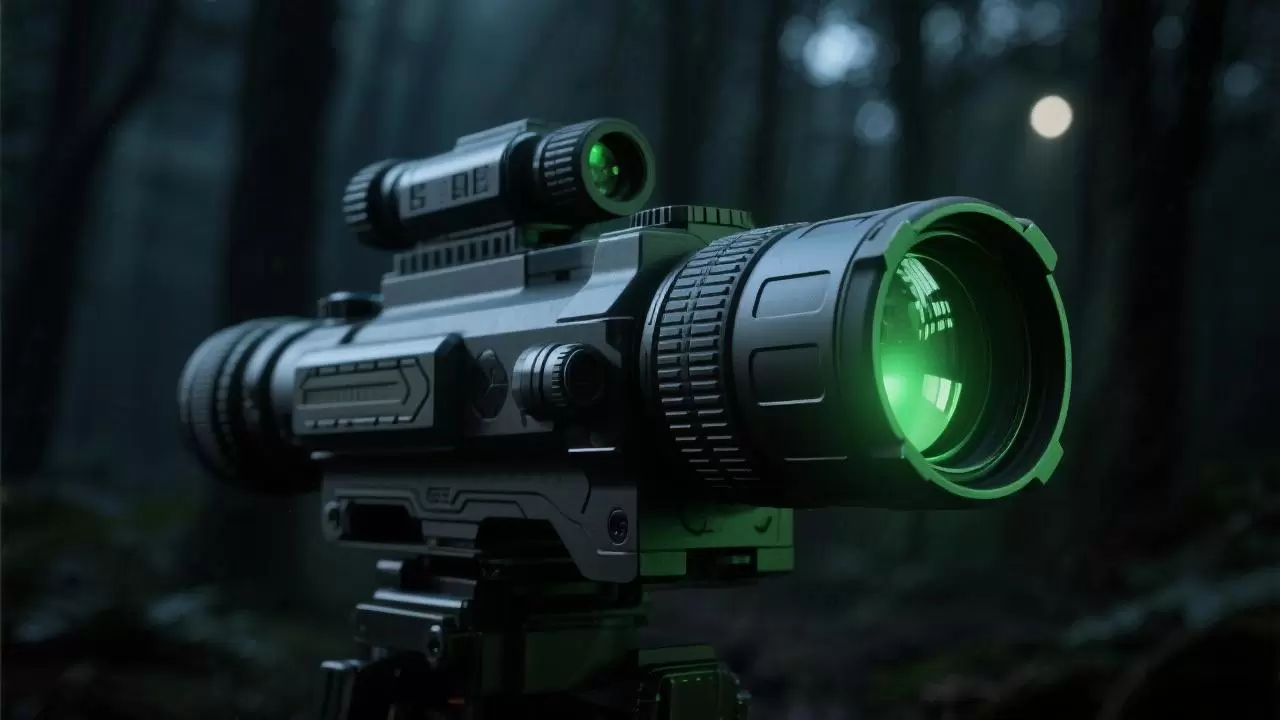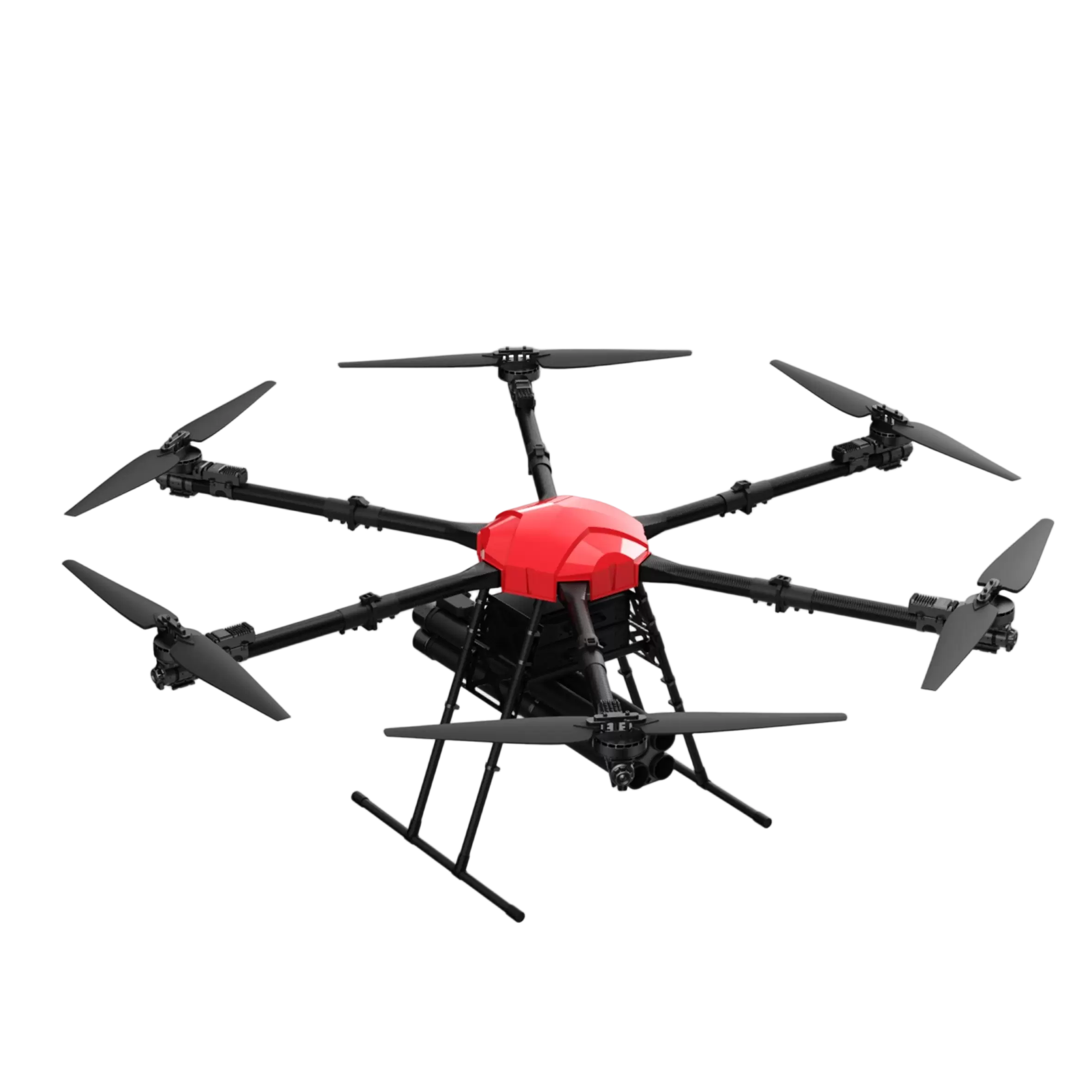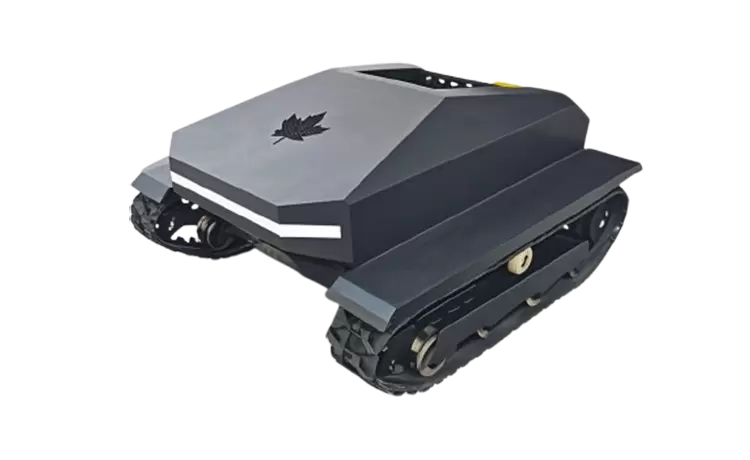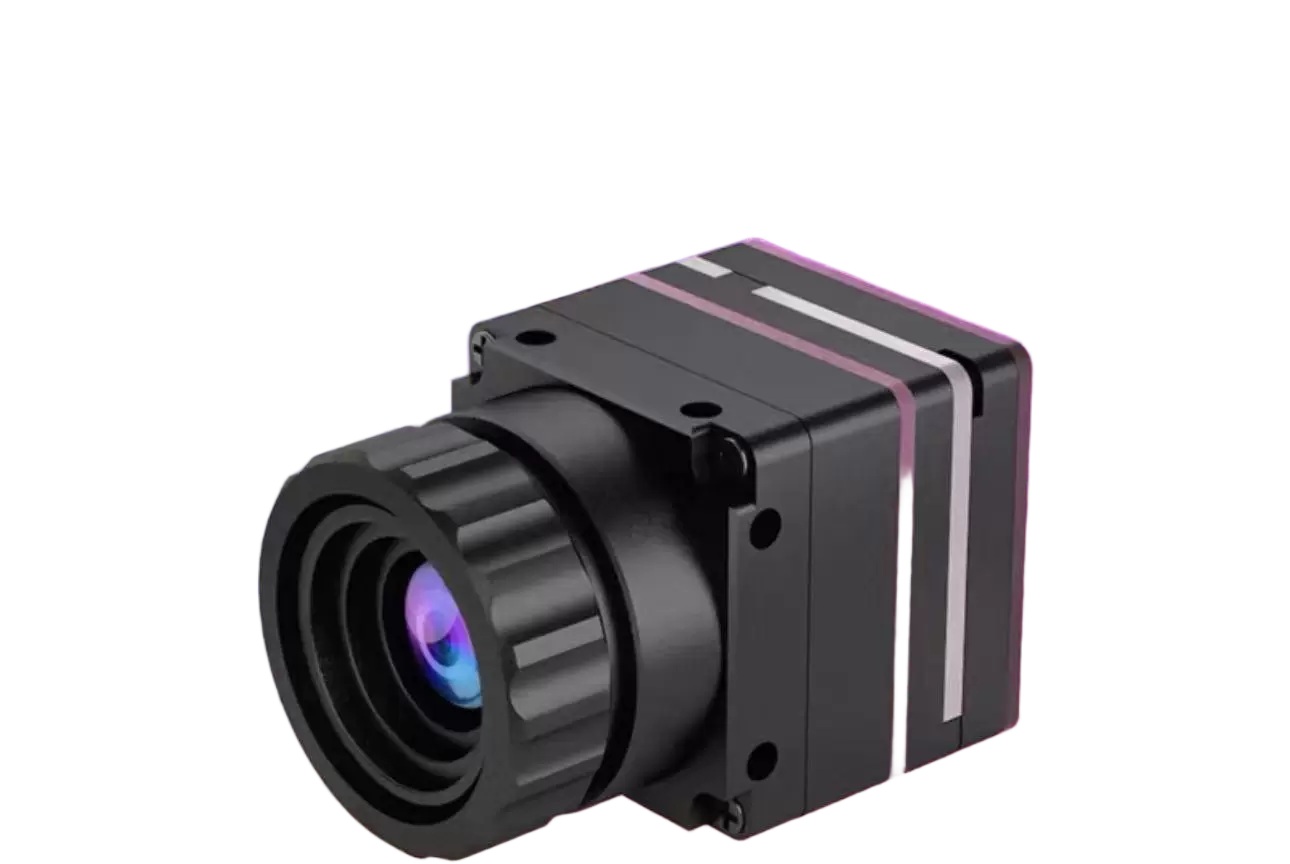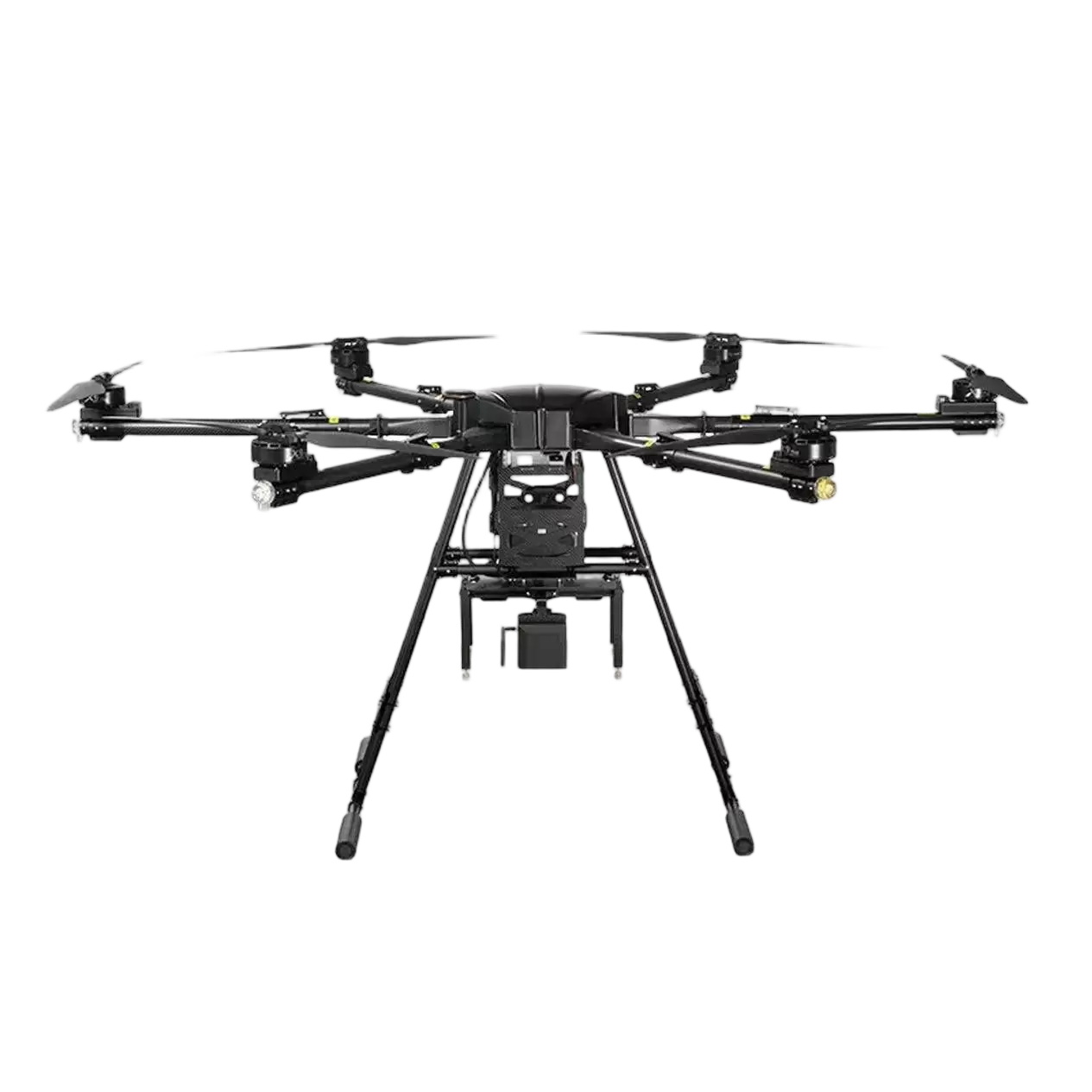In recent years, the increasing frequency of urban and forest fires has driven a growing demand for smarter, faster, and safer firefighting solutions. Traditional methods often expose firefighters to extreme danger and rely heavily on human judgment under high-pressure conditions. Enter fire drones—aerial systems that provide real-time intelligence, precision control, and advanced operational flexibility. These drones are now reshaping how fire departments respond to emergencies in both city environments and natural landscapes.
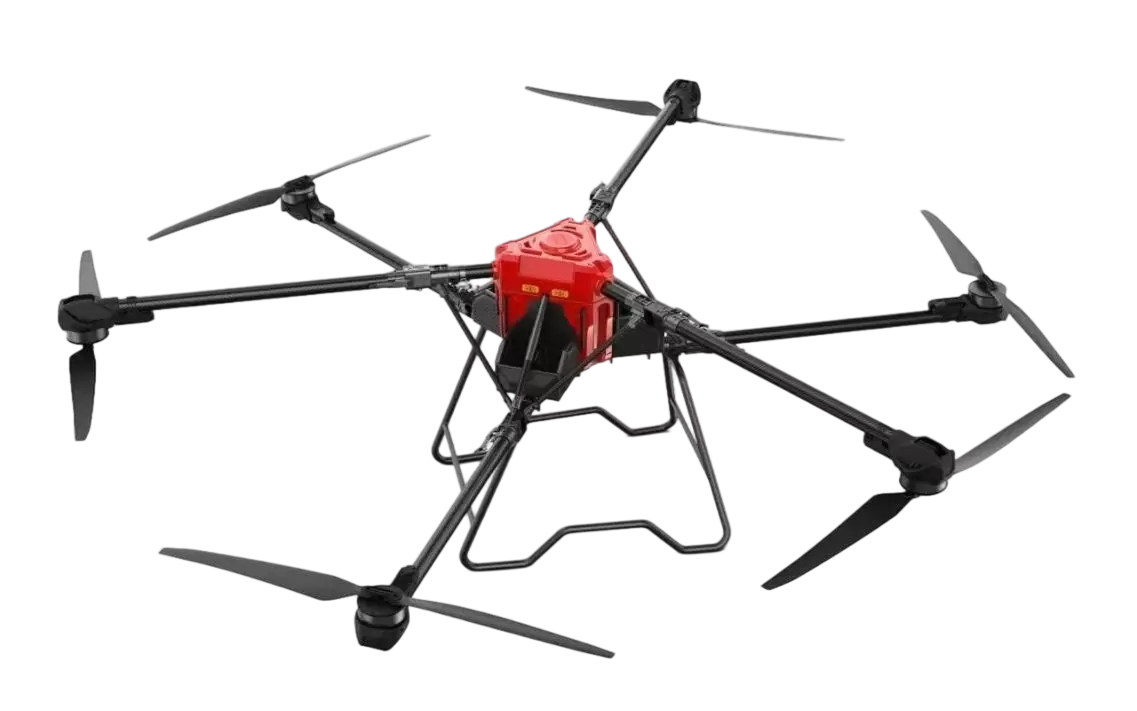
The Rise of Fire Drones in Emergency Response
Fire drones combine aerial surveillance, data collection, and targeted firefighting capabilities into one efficient platform. Equipped with high-resolution thermal cameras, infrared sensors, and payload systems, they can detect hotspots, track fire spread, and even deploy extinguishing materials—all while keeping personnel out of harm’s way.
At the forefront of this technological evolution is Jiangxi BonSure Technology Co., Ltd., a comprehensive enterprise integrating production and export. The company specializes in the research, development, manufacturing, and sales of firefighting and rescue drones as well as high-performance brushless power systems. BonSure’s innovative UAVs are designed to perform efficiently in challenging fire environments, combining reliability, endurance, and power.
Fire Drone Applications in Urban Firefighting
Urban fire incidents often involve high-rise buildings, industrial facilities, or densely populated neighborhoods—scenarios where accessibility and time are critical. Fire drones provide several real-world advantages in these environments:
Rapid Fire Assessment
Drones can be deployed within minutes to provide an overhead view of the fire zone. With thermal imaging cameras, firefighters can identify heat concentration points and plan their attack routes more effectively.High-Rise Fire Monitoring
In tall building fires, drones offer real-time aerial footage that helps commanders understand the spread of flames across multiple floors. They can also detect trapped individuals or structural weaknesses invisible from the ground.Hazardous Area Inspection
When chemical or gas fires make direct entry too dangerous, drones can safely inspect the scene, measure temperature levels, and assess air quality—helping responders take appropriate precautions.Traffic and Crowd Management
During urban emergencies, drones can assist in managing roadblocks, evacuation routes, and rescue coordination from above, ensuring efficient communication among teams.
Fire Drone Applications in Forest Firefighting
Wildfires are notoriously unpredictable, spreading rapidly over vast, inaccessible areas. Drones play a vital role in early detection, situational awareness, and fire suppression in these scenarios:
Early Detection and Surveillance
Fire drones equipped with infrared and multispectral sensors can identify small ignition points before they escalate. By continuously patrolling forest areas, they serve as early-warning systems that allow authorities to act proactively.Mapping and Heat Tracking
Drones can generate real-time maps showing fire boundaries and hot zones. This helps firefighting teams deploy resources strategically, minimizing unnecessary exposure and maximizing containment efficiency.Payload Delivery and Suppression
Some advanced firefighting drones can carry fire extinguishing agents or fire suppression balls and drop them accurately over active hotspots—particularly useful in regions where helicopters cannot reach due to terrain or smoke.Post-Fire Assessment
After containment, drones help analyze the burned area to assess damage, identify lingering embers, and guide restoration or reforestation efforts.
The Technology Behind BonSure’s Fire Drones
Jiangxi BonSure Technology Co., Ltd. has dedicated years of research and development to advancing drone reliability and performance. The company’s high-efficiency brushless motor systems are the heart of its drones, offering high torque, energy efficiency, and consistent operation under demanding conditions. These motors allow fire drones to carry heavier payloads while maintaining stability and long flight times—key factors in extended firefighting missions.
BonSure’s UAVs are also designed for modular adaptability, allowing integration of various sensors and tools based on specific firefighting requirements. Whether for surveillance, data collection, or direct suppression, BonSure drones provide unmatched versatility in real-world emergency applications.
The Future of Firefighting: Smarter, Safer, and More Connected
The integration of AI analytics, 5G communication, and autonomous navigation is shaping the next generation of fire drones. Future systems will be able to predict fire behavior, relay instant data to command centers, and operate collaboratively in drone swarms for faster coverage and coordinated suppression.
With companies like Jiangxi BonSure Technology Co., Ltd. leading the charge, the global firefighting community is entering a new era—one where aerial intelligence enhances every stage of response, from prevention to recovery.
Conclusion
From dense city streets to vast forest landscapes, fire drones are transforming how we fight fires. Their ability to provide real-time data, access dangerous areas, and carry out precision operations makes them indispensable tools for modern emergency management.
Through continuous innovation in brushless power systems and firefighting UAV design, Jiangxi BonSure Technology Co., Ltd. is empowering fire departments worldwide with reliable, high-performance solutions. As fire threats continue to evolve, BonSure’s commitment to intelligent drone technology ensures a safer, faster, and more efficient response—protecting lives, property, and the environment.








